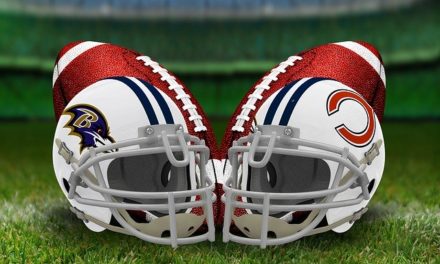Maryland’s six casinos brought in just over $162 million from slots and table games in October, a 1% increase on the same month last year, even as a protracted federal government shutdown raised questions about household spending. The official report lists October casino revenue at $162,056,573, up from $160,524,322 in October 2024.
Underneath that headline number, operators and regulators are watching how quickly gambling habits are moving online. Industry guides to cash app casinos examine offshore sites that let US players move money from peer-to-peer wallets into casino accounts and back again. The near-instant deposits and withdrawals are exactly what fuel online gaming, often by routing payments through Bitcoin or other cryptocurrencies instead of a traditional bank. For Maryland, those workarounds highlight a growing gap between what state law allows and what payment technology already makes possible.
Within last month’s totals, slots generated about $113.1 million statewide, up 2.4% year-over-year, while table games slipped 2.1% to $48.9 million. In fact, the October performance nudged fiscal 2026 casino revenue to about $649.5 million through the first four months, down 2.1% from roughly $663.8 million over the same period last year.
Contributions to the state from casino play have reached $279.1 million so far this fiscal year, a 1.4% decline from fiscal 2025. For October alone, tax and fee contributions totaled $69.6 million, including just over $50 million for the Education Trust Fund.
Since Maryland’s first casinos opened in 2010, cumulative casino gaming revenue has topped $20.4 billion, with more than $6.6 billion directed to the Education Trust Fund and over $1 billion shared with local jurisdictions.
That legislative gridlock sits uncomfortably next to fast-moving payment trends. Cash App and similar mobile wallets have become a common way to move money for younger adults, with Cash App alone reporting about 57 million users and $283 billion in annual inflows in 2024.
At the same time, Maryland’s own legal market has expanded quickly on the sports side. Since mobile betting went live in late 2022, sports handle has climbed into the hundreds of millions of dollars each month.
Along with the growth, Maryland has also built a small but growing safety net. In Fiscal Year 2025, the Lottery, casinos, sportsbooks, and daily fantasy operators brought in a total of $1.589 billion for state programs and services. That’s about $4.35 million a day, with $831.3 million from casino games and $89.9 million from sports betting and fantasy contests.
The state’s Problem Gambling Fund got more than $5.7 million in FY2025, with about $4.4 million from per-machine and per-table assessments and another $1.3 million from expired sports-betting prizes.
Unfortunately, the ongoing federal government shutdown has made things even less certain across the country. According to estimates from different sources, the funding gap, which has been going on for more than a month, could cut the U.S. GDP by 1% to 2% in the fourth quarter. If it lasts for six or eight weeks, this means that $7–14 billion in output will be lost, mostly because people will not be able to afford to spend as much.
For now, October’s 1% bump suggests Maryland’s casino floors are holding steady even as federal workers miss paychecks and budget talks drag on in Washington.
Whether that resilience lasts into the winter is still unclear. Much will depend on how long the shutdown continued and how well consumer confidence holds up. Lawmakers will also have to balance pressure for new online options against voter skepticism.







Recent Comments